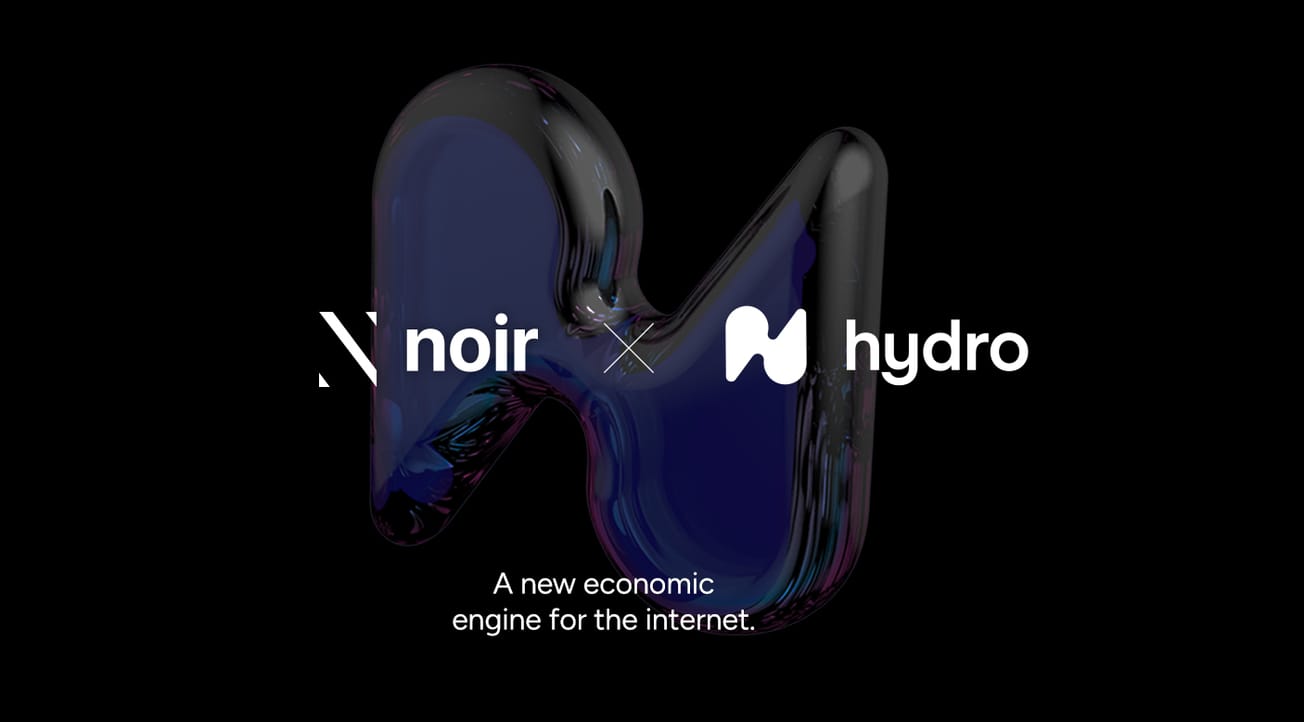We’re in the early stages of the metaverse, and cloud security is looking more like a thunderstorm. With more devices and more connections in the metaverse, the attack surface for cybercriminals will expand. A potential use of blockchain for digital assets and as a payment solution in the metaverse will also raise questions about cloud security—identity theft could also be a big issue without some serious cloud control.
Clearing the Clouds
The metaverse is being built on top of existing technologies like cloud computing, 5G, Internet of Things (IoT), and edge computing. Its success will depend on continuous online availability, real time feedback and big data flows.
While these technologies are ideally situated as metaverse infrastructure, they pose manifold security risks because they expand the surface of potential attack. Coupled with the widespread connectivity of these devices in the metaverse, the security concerns have to be addressed before any serious harm can be caused by cybercriminals in the metaverse.
Is Your Refrigerator Running?
IoT devices are one serious concern—they often have weak security controls and are easily portable, making them perfect for attackers to inflict with malware. Malicious botnets made of IoT devices will become much more common in the future. These botnets would be an infected network of internet-connected portable devices like your refrigerator or thermostat, which would be used to issue Distributed Denial-of-Service (DDoS) attacks—an attack where multiple devices coordinate to shut down a network or service.
As the technology improves and our refrigerators start to seem more sentient, we’ll need cybersecurity experts to come up with proactive strategies for stopping these devices from being used for illegal activities.
Parting the Cloud—A Solution
The metaverse will open up a cyclone of information, especially with respect to user data—coupling this with the increasing ubiquity of technologies like blockchain and IoT could spell a storm. It’s expected that regulators will play a key part in the movement towards the metaverse, deciding how this data is managed and kept private with respect to virtual worlds.
Fortunately, there are already some solutions available for protecting consumer data that we could expect to see employed in the metaverse. By parting the cloud into private and public—a hybrid cloud system—this would allow some information to be stored publicly while some could be stored privately.
The most sensitive information, like user data and personal information, would be kept in an encrypted private cloud. Other information would be stored or managed through edge computing on a local device, and the rest on the public cloud. These three would interact as part of a larger, hybrid-cloud network. This could prevent the surface for cyberattacks from bloating, keeping users and networks safe across virtual and mixed-reality worlds.










